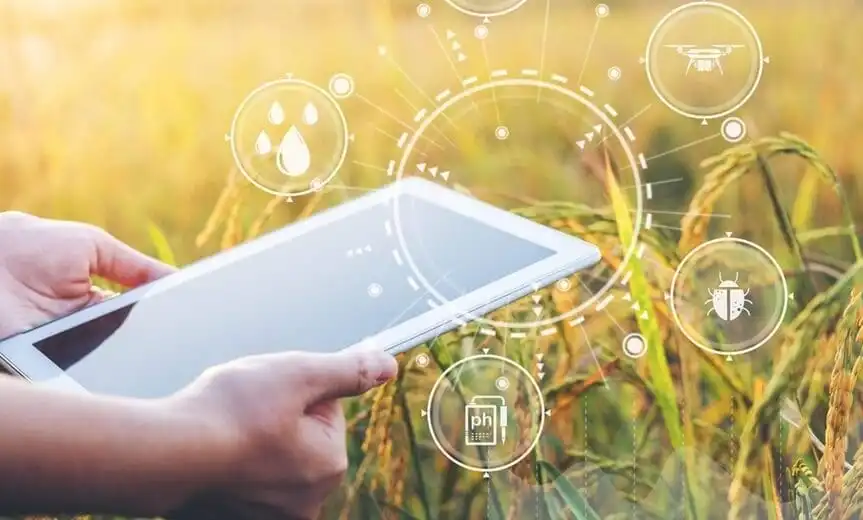Artificial Intelligence (AI) can help building a strong Agriculture economy
Can agriculture-based economy take benefit from the emerging technologies like AI-based Automated Robotic Systems to optimize irrigation, crop monitoring, farming, automate spraying and optimize the exercise of pesticides and herbicides? Let’s look at the role of AI in agro-based sector.
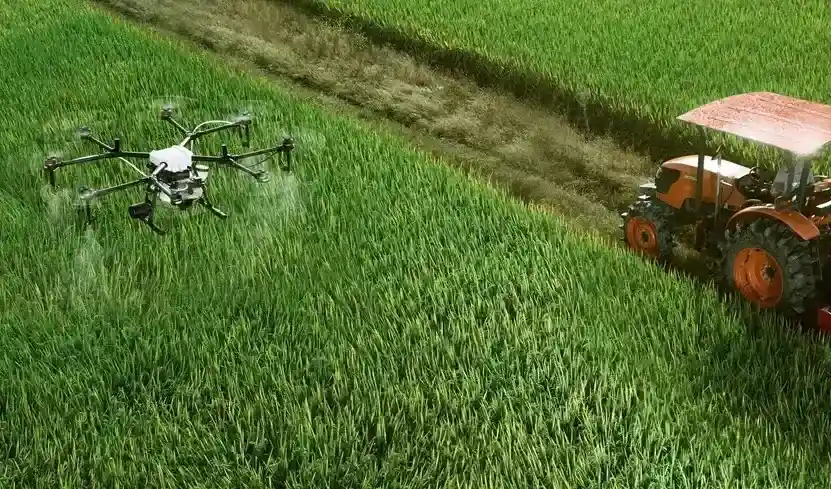
Artificial Intelligence (AI) plays a vital role in boosting agriculture and farming thus helping agriculture-based economies to grow. Agriculture can take benefit from the emerging technologies like AI-based Automated Robotic Systems to optimize irrigation, crop monitoring, farming, automate spraying and optimize the exercise of pesticides and herbicides. Many mobile applications are available that leverage the power of AI to facilitate farmers by offering a variety of functions from better trade opportunities to controlling and boosting the fields yield.
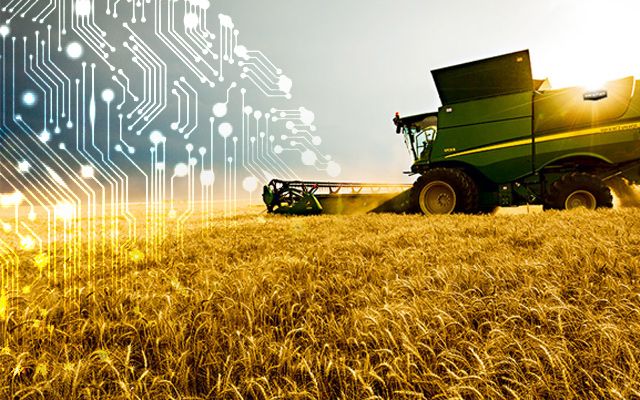
About a thousand years ago, people started working on the land, and now it's a $5 trillion industry. Agricultural and Farming helps shared thriving and flourishing. Technological advancements in horticulture is one of the most incredible assets to eliminate destitution, poverty, unemployment and aims to feed an estimated 9.7 billion individuals by 2050. Development in the Agriculture area is many times more compelling in raising wages among the deprived people contrasted with other areas. Research in 2016 found that 65 percent of helpless working grown-ups earned enough to pay the bills through cultivation.
Agriculture is a massive industry that plays a vital role in maintaining the economy of a country. In year 2018, it represented 4% of worldwide (GDP) and in some agriculture depended nations, it represented over 25% of GDP. Current population growth, food quality requirement, and other environmental factors demand more technology than fertilizers.
Artificial intelligence (AI) is the best technological solution to cope with the rising population and global climatic changes. AI is expanding its significant effects on world’s top important sector called Agriculture. AI in agriculture is proved to be a cutting-edge technology in getting high productivity and better crop yield. Agriculture and cultivation industry involve in generating $330 billion annually to boost the economy according to the Environmental Protection Agency (EPA) Report. The world’s population will cross 9.1 billion people and need 70% more food than required today in 2050. On the other hand, it will leave only 4% of the planet Earth to be cultivated for sustaining life.
People should be more creative in developing farms in limited space and getting high yields of a quality product. Artificial intelligence in agriculture helps to control pests, organize farming data, produce healthier crops, reduce workload, and many more. The major AI applications in making agriculture a smart field fall in three categories, including:
- Agriculture Robots (Agbots)
- Drones, Satellites, and Planes
- Smartphone Apps
1. Agriculture Robotics
In the modern world, there is no need to spend days and nights on farms to combat pests and weeds. Artificial organizations are working to develop robots exceptional in performing multiple tasks in real-time. They made them expert in controlling weeds and harvesting the crop in fields. The Agbot do their work at a faster speed with high accuracy than humans. Moreover, the researchers are determined to develop autonomous robots for picking and packing crops. Agricultural bots are also specialized in eliminating the weeds which are harmful and resistant to herbicides.
Particularly, framers look for weed controlling robots as they're an efficient alternative to herbicide sprays. Two hundred fifty unique weed species have strong resistant against current herbicide chemicals; thus, it's one of the developing problems in agriculture. The Weed Science Society of America calculated that weed spreading might cause a loss of nearly $43 billion worth crops per year. That's why it's the uttermost need to combat these spreading weeds for providing the required demand for food.
Robots come with computer vision algorithms that can efficiently find the weeds and then spray chemicals on them. They help in reducing the ability of weeds to develop resistance against herbicides. The Smart See and Spray Model helps in distinguishing “Good Plants” and "Bad Weeds". The farmers use this technology for cotton fields but can also be used for the whole industry.
Blue River Technology- Weed Control
The company claims that its technology has the potential to eliminate 80 per cent of spraying chemicals on crops. Additionally, it reduces 90 per cent of expenditures on buying dangerous herbicides that also affect healthy crops. There are 1 billion pounds of pesticides in use by the US community, according to a report. John Deere, the primary manufacturing company, has invested $305 million to complete this process in 2017. The organization hopes to continue growing with the assistance of Blue Technology and current staff.
Harvest CROO Robotics
These robots are supporting farmers in reducing labor need and ultimately, labor cost. Six per cent decline is expected in agriculture workforce from 2014 to 2024. The given robot is helping strawberry farmers in picking and packing the crop. Harvest CROO Strawberry Robotics develops it to replace 30 humans by harvesting 8 acres per day. It's estimated that farmer's loss millions of dollars of revenues because of the skilled labor shortage in the farming region like California. Florida is best known as the Nation’s Winter Strawberry Capital as it harvests more than 10,000 strawberries in one season. Thus, this technology helps in gaining high revenues every year and makes the country's economy strong. The farmers who used this technology has reported to raised their payments up to $2.8 million.
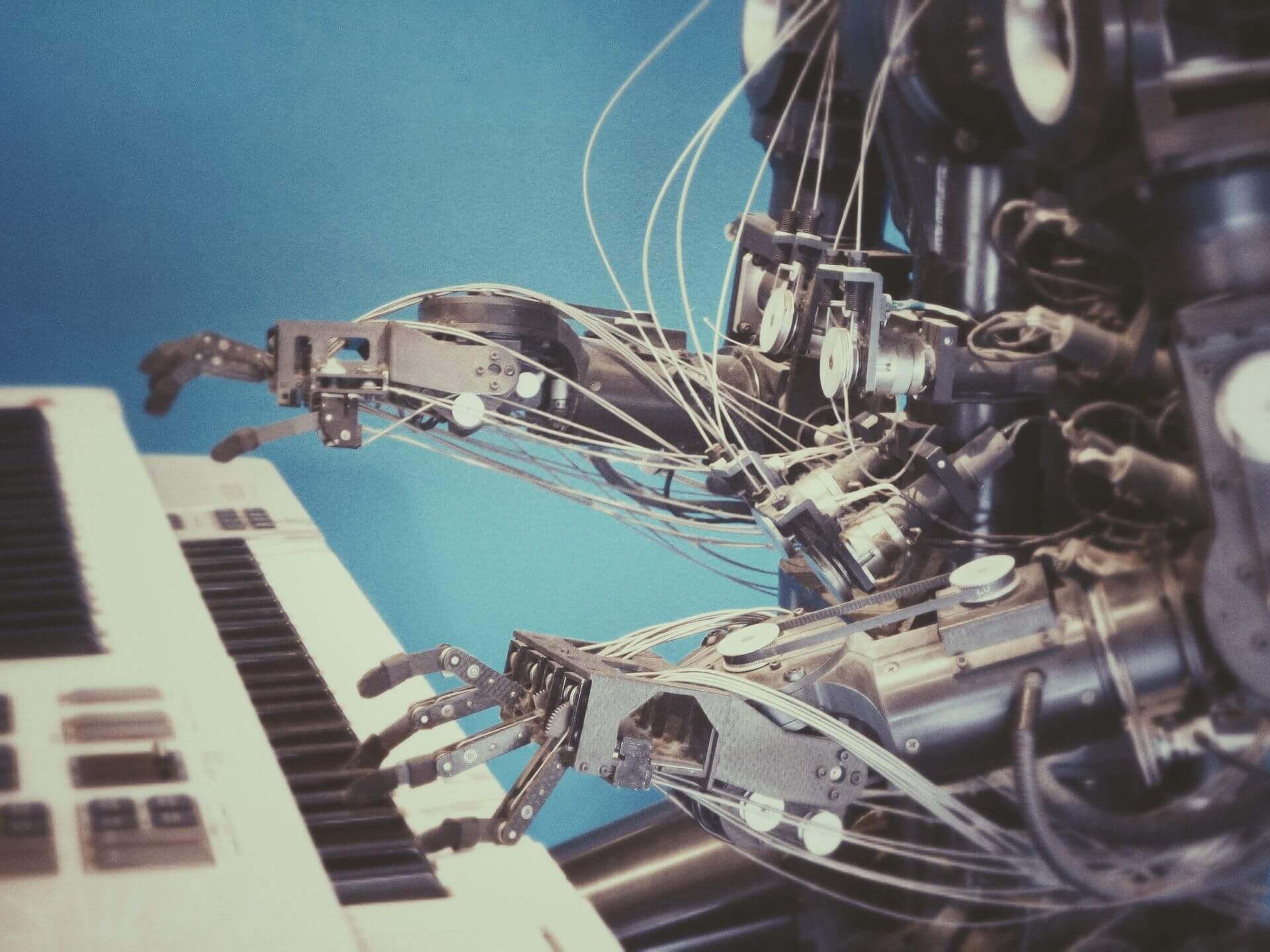
Many other agriculture robotics include:
- Energid Citrus Picking System: Specially made for citrus fruits; pick up fruit after every two to three seconds. Besides, it is cheaper than human labour and affordable in price.
- Vision Robotics: The VR team utilizes AI-system for trimming vineyard and retreating plants with robotic arms
- Ecorobotix: Sun-supported autonomous drone uses solar power to work all day. It comes with an elaborate camera system to see and spray weeds.
- Naio Technologies: Their system involves in preserving and protecting the environment around fields. They have an exceptional ability to weed, hoe, and help during the harvesting period.
- Agrobot E-Series: These help treat strawberry plants. They come with twenty-four arms and not only pick strawberries but also identify ripened ones in farms.
- Autonomous Tractors: These driverless tractors are self-driving but need massive investment to buy them.
- Blue River LettuceBot2: As its name shows, it's perfect for dealing with lettuce crops. It attaches itself with the tractor and help in thinning the lettuce field. Moreover, the robot also prevents herbicide-resistant weeds.
- Agribotix: It’s a kind of drone specialized in monitoring a large area of crops. Agribotix is affordable and gathers crop data in real-time. It has imaging system which record photos and videos and IR Sensors distinguish healthy crops from diseased ones.
- RoBoPlant: It can be fully or partially automated with its machinery to manage greenhouse and horticulture protection. These AI bots take peat seedlings, separate them, and plant them in unique patterns.
2. Drones, Satellites, and Planes
Drones and planes help in collecting aerial data that’s as helpful as ground data in analyzing farm condition. The technology uses computer vision algorithms along with image annotation that favors farmers in finding potential problems and their solutions. Drones, planes, and satellites can do analyzing and data collection job at a much faster rate than humans.
Image-Based Insights for Crops & Soil Health
Drone technology is beneficial for providing high-quality imaging and improving crop monitoring procedure. It analyses, scans, and collects field data in real-time and assist in identifying crop progress stage. For instance, it tells about their health, any disease, pest attack, and when they become ready. Besides, this technology involves overall field management and means when crops need water, fertilizer, pesticides, or soil. Machine Learning in this process helps to ensure crop health and soil (strengths and weaknesses). It allows only healthy crops to grow in the field while eliminating the bad ones.
Moreover, it's a challenging time for food-producing countries to improve soil quality even after increased deforestation rate. The estimated annual cost of soil erosion is nearly $44 billion according to the USDA Report.
PEAT, a German tech company launched a deep learning-based startup known as Plantix. They made it to monitor nutrient deficiencies in soil, pests, and identify potential plant diseases. It uses image recognition technology, and farmers can use it even on their cellphone's screens; the app captures the plant's picture to detect if any defects present. With short video clips related to soil restoration, this app is proved to be a real helping hand. The company claims that its software can achieve accuracy up to 95 per cent in detecting unique imaging patterns. CropDiagnosis is another app that compete Plantix by using a similar model.
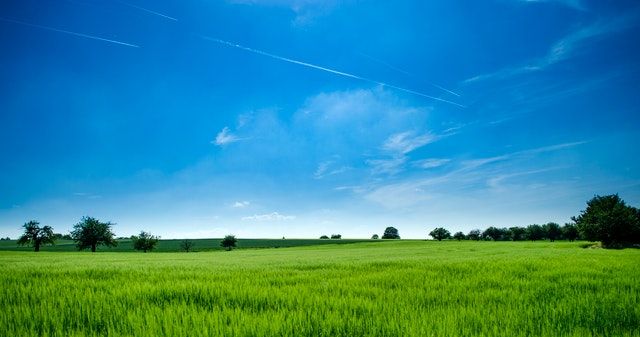
Trace Genomics is a California-based, AI-powered company that provides soil analysis services. It helps the farmers in growing healthy crops and thus, increasing their productivity. Illumina is the lead investor helped in developing this app with machine learning algorithms.
Today, the agriculture sector is focusing on drone technology to reach revenues up to $480 million till 2027. Pineview company acquired SkySquirrel Technologies (drone technology provider) to introduce drone-based solutions for aerial imaging. The drone takes a round of whole field area and collects data from vineyards. The data collected by this method is then transferred to a USB drive, and experts observe it on a computer screen. The given device captures images by using algorithms to deliver detailed data report about the current health of the crop. More specifically, they save grapevine crop as its leaves are highly vulnerable to bacterial diseases and alert farmer to apply pest controlling methods.
PrecisionHawk: They are perfect helping hands of framers; PrecisionHawk drones can do everything in the agriculture field. Their outstanding technology includes hyperspectral, multispectral, and LiDar technology.
Pros of Using Planes
- Farmers can access valuable information about crop health if they use planes or satellites for image capturing.
- Unlike drones, they can cover a large area on a large scale.
- Drones are good to take a close-up of fields while planes are used to capture images from many kilometres.
Drawbacks of Using Planes
- Planes are expensive than drones and not affordable by average farmers.
- It costs about thousands of dollars to get multiple images by planes.
- Planes are used one or two times a year to get detailed information about crops.
Pros of Using Satellites
- The most significant opportunity for using satellites is that no human pilot is required to get images.
- They are affordable and thus, attract agricultural investors.
- Furthermore, they can deliver images of a precise location weekly according to a set plan.
Drawbacks of Using Satellites
- The most significant faults of satellite technology are cloud cover and lack resolution.
- Cloud cover interferes with the process of data collection.
- Satellite Resolution is nearly 3 meters at ground level that’s insufficient to get in-detailed information.
3. Smartphone Apps
Mobile apps are specially designed for farmers to analyze collected data, record information, predict weather changes, and many more. Apps come with computer vision algorithms to interpret images; thus, revealing information about diseased leaves, soil color, and leaves shape. They help farmers by detecting disorders and then suggesting preferable cures to protect the whole crop. Some of these useful apps are discussed below:
Plantix: It can detect current crop situation and prepare a report about any problems if exist.
aWhere: This app analyzes billions of data points with the help of satellite imagery technology. It helps farmers to improve productivity by analyzing weather conditions and their impact on the crop. Plus, it can estimate a specific crop production in other world parts and help its user to decide the price in response.
Xarvio: It takes crop images and detects any threats to crop like pests, disorders, or weeds. Xarvio’s robust computer-based algorithms analyze pictures and compare them with a database in real-time to see any problem. Its database is continuously updated by global and local agriculture organizations to prevent crop loss with an instant solution.
Farm at Hand: Its main aim is to enhance crop yield by tracking planting, harvesting, and spraying. Farm at Hand offers real-time data by using computer vision algorithms to spot individual farms. It allows the farmer to set seasonal plans for a variety of fields and share reports of specific field areas.
Microwork: It works to develop a trained database (network) by collecting ground images. Microwork works similarly, as discussed above, to facilitate its use.
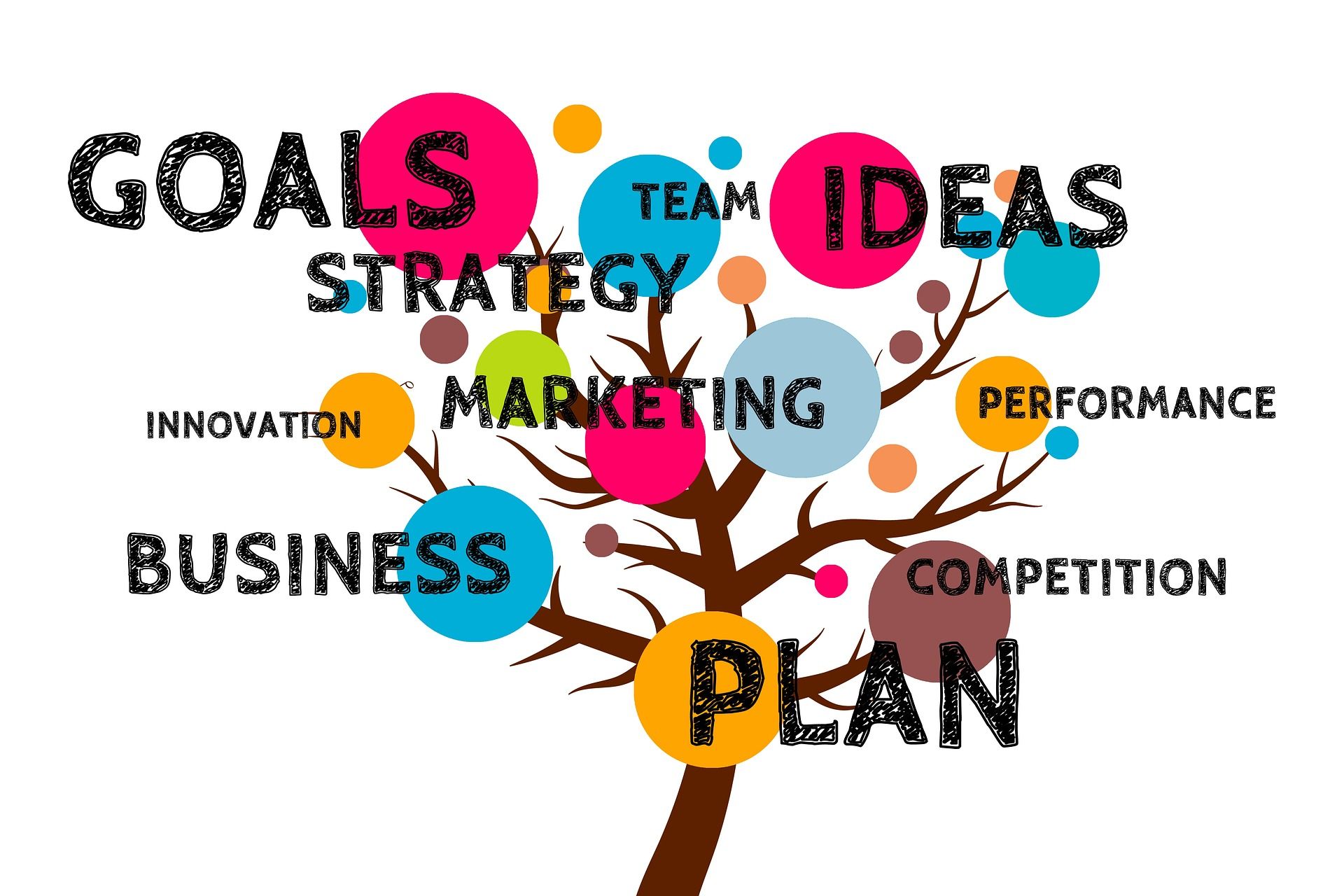
Final Thoughts
There is a constant increase in the need for reliable and high-quality food providers; AI is the only solution. It plays a vital role to meet the demands with advanced options like robotics, smartphone apps, and imagery technology. The traditional approaches used by farmers are no more sufficient to achieve the demand and supply. AI has provided much automation in agriculture that helps farmers to monitor their crop even when they are not in the fields. Many companies are working further to improve technology development in agriculture not only to introduce automated methods but also protect crops yield from other factors like environmental changes, growth in population.
These new AI based innovations have also provided lot of employment opportunities for many people. AI has redefined traditional methods to boost efficiency and crop production rate with advanced approaches. Smart agriculture comes with software for picking and harvesting crop, fighting with weeds and pests, analyzing weather and soil conditions. Investment in this smart field means to increase the chances of higher productivity and balancing quality food requirements. AI-powered technologies help to compete with industry challenges, and in future, there will be a steady adoption of AI in the agricultural field.

